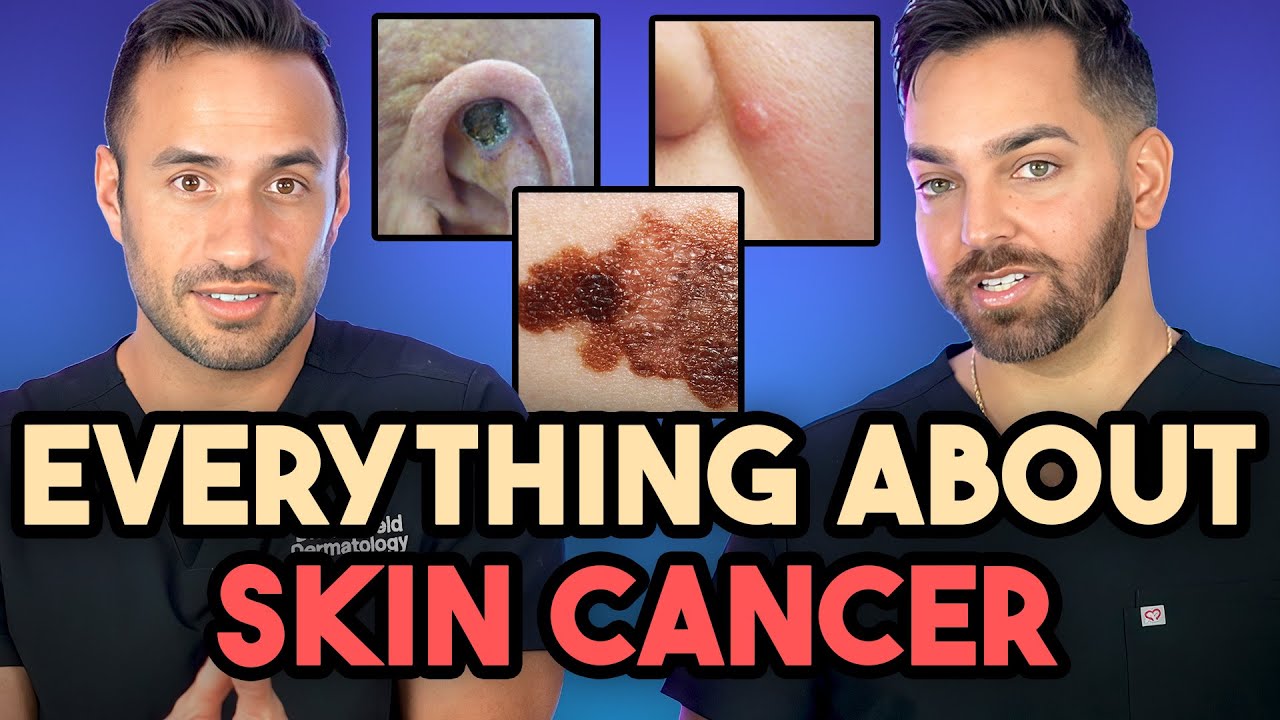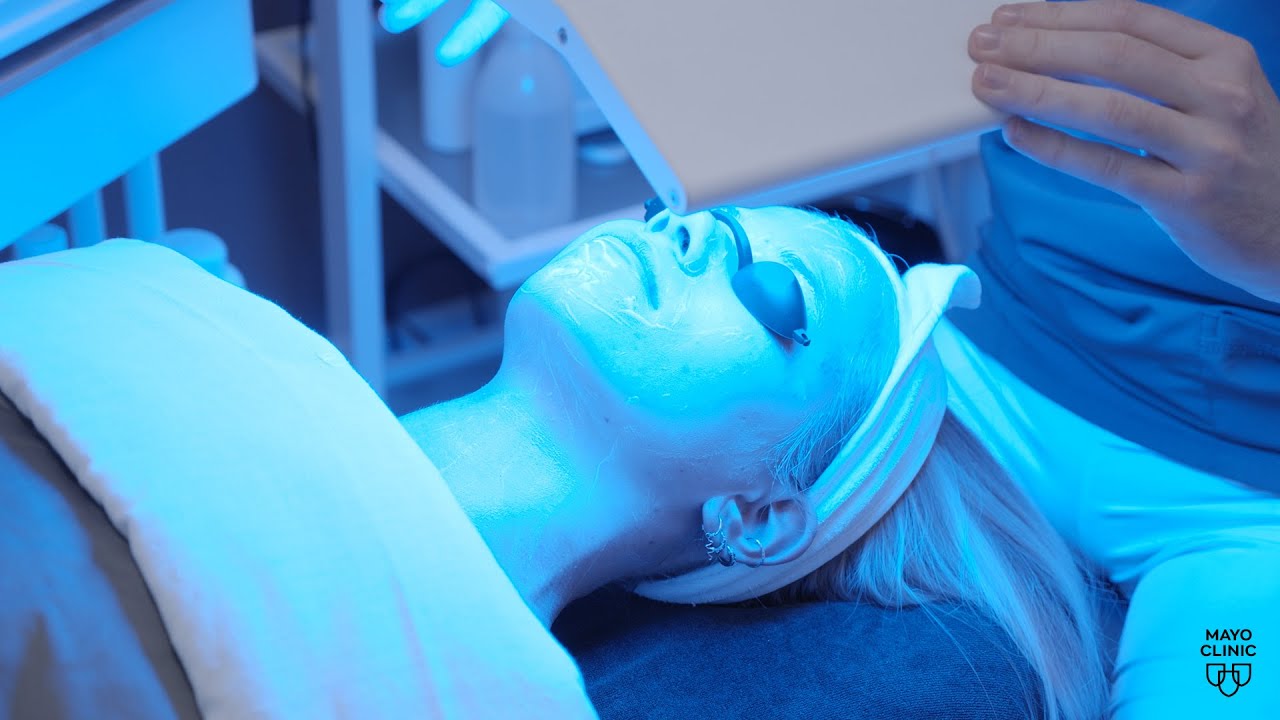The Dermatology Channel
NEW YORK (Reuters Health) – The 20-year survival rate for people diagnosed with thin or T1 melanomas 1 mm thick or less, the most common type, is 96%, according to an analysis of data from the Queensland Cancer Registry.
“We have confirmed that the outlook for patients with thin invasive melanomas is generally extremely positive, with only four patients in 100 dying of their disease. This is heartening for patients and doctors,” write Dr. Adele C. Green and colleagues in a report online March 12 in the Journal of Clinical Oncology.
“These up-to-date, high-quality, population-based data provide a very sound basis for clinicians to be able to reassure patients who have thin melanomas (less than 1 mm thick) that their risk of dying from their melanoma is small,” Dr. Green, from the Queensland Institute of Medical Research, added in an email to Reuters Health.
“However, there are a small proportion of patients with thin melanomas who are at relatively high risk of dying from their thin melanoma and who may benefit from more aggressive treatments to come, and long-term surveillance,” she added.
These include patients whose tumors are 0.75 mm or thicker (adjusted hazard ratio [HR] 4.33 compared with tumors < 0.25 mm) and those older than age 65 years at diagnosis (HR 2.8 compared with age younger than 25 at diagnosis).
Other factors independently and significantly associated with an increased risk of dying from thin melanoma are acral lentiginous and nodular tumors, male sex, and tumor site on the soles or palms, or on the scalp or neck.
In their paper, the researchers say “continued clinical vigilance is warranted for patients with nodular melanoma and those with the thickest tumors.”
Since 1982, health care providers have been obligated to provide data on all newly diagnosed melanomas in Queensland to the Queensland Cancer Registry. Included in the current analysis were 26,736 people diagnosed between 1982 and 2006 with a histologically confirmed single primary invasive cutaneous melanoma with a thickness of 1 mm or less. Their average age was 52.7 years.
The overall melanoma-specific survival rates at five and 10 rates were 98.7% and 97.4%, respectively. At 15 and 20 years after diagnosis, survival rates were 96.7% and 96.0%, respectively.
Women had better survival than men overall (p<0.001) and up to 10 years when survival rates were 98.5% for women and 96.5% for men. In general, survival decreased with increasing age. Melanoma-specific survival at 10 years or more was below 96.1% among people aged 65 and older.
“The value of our results is that they improve the ability of physicians to accurately counsel patients about their long-term outlook,” Dr. Green and colleagues say.
The authors of an accompanying editorial say this is a “seminal article about the natural history of melanoma.” It focuses on thin melanomas, the most common presentation in most parts of the world and is the largest series with the longest follow up of any previous publication, Dr. Charles M. Balch and two colleagues, all from University of Texas Southwestern Medical Center in Dallas, note in their editorial.
The data, they say, are “especially unique, because they are derived from a population-based prospective melanoma registry that is more representative of melanoma survival outcome compared with that reported from major melanoma centers having a more selective referral of patients with higher-risk disease.”
SOURCE:
Population-Based 20-Year Survival Among People Diagnosed With Thin Melanomas in Queensland, Australia
J Clin Oncol 2012.






